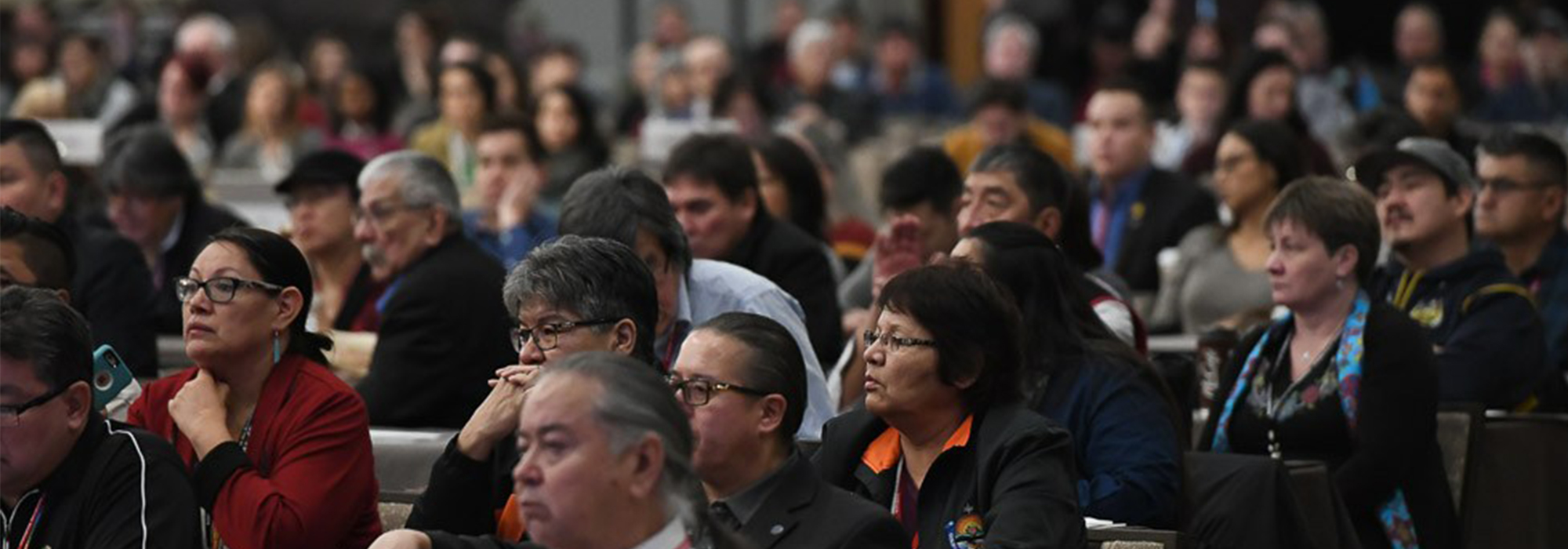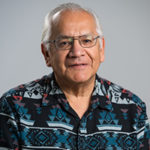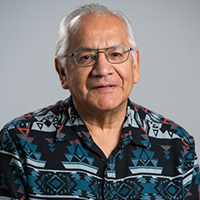
In September, at a national forum hosted by the Assembly of First Nations, a number of First Nations chiefs expressed their opposition to the federal government’s Recognition and Implementation of Rights Framework. In advance of that meeting, the legal scholar and former judge Mary Ellen Turpel-Lafond, a former commissioner of the Truth and Reconciliation Commission, Wilton Littlechild, and British Columbia Chief Ed John sent Prime Minister Trudeau a letter challenging the Indigenous rights recognition framework as more “rights-denying” than rights-recognizing.
These critics are right; the very idea of federal legislation to create an “Indigenous rights recognition framework” is fundamentally flawed, even misguided. The treaty relationship, as first articulated by the Peace and Friendship Treaties in the Maritimes (where we are from), does not give the Crown the right to define a framework under which the Crown will “recognize” what “rights” Indigenous peoples have. For Indigenous peoples, the very idea of “rights,” as something granted to citizens by a sovereign, is the language of colonialism. It is high time we replaced the language of rights with the language of sovereignty and the treaties. We need to understand the history of Crown-Indigenous relations as one of sovereign Indigenous nations sharing their sovereignty, through treaty, with the European settlers. As the elders tell us, it is up to Indigenous peoples to keep treaties alive. Today, keeping the treaties alive means opposing the imposition of a “rights recognition framework” by the federal government.
The courts seem to understand, at least at times, that reconciliation requires the recognition of Indigenous sovereignty and respect for this sovereignty in how our governments work together. Back in 2004, in its Haida Nation v. British Columbia (Minister of Forests) decision, the Supreme Court of Canada recognized that Indigenous sovereignty predated the Crown’s assertion of sovereignty. The Court compared pre-existing Indigenous sovereignty with merely “assumed” Crown sovereignty. The Court also said that conflicting claims of sovereignty had to be reconciled through “the process of honourable negotiation.” It is important to keep in mind that the Supreme Court said “negotiation,” not “consultation.”
More recently, the Federal Court of Appeal, in its decision on the Trans Mountain pipeline extension, said that serious consultation does not exist simply to allow Indigenous peoples to “blow off steam” before the Crown goes forward with what it was intending to do anyway. The court said, “Consultation is meaningless when it excludes from the outset any form of accommodation,” and “meaningful dialogue is a prerequisite for reasonable consultation.”
Dialogue is how sovereign nations resolve conflicts when they wish to find a cooperative way to manage shared interests, for example by negotiating a treaty of peace and friendship.
As Don Lenihan, who has had extensive experience in managing dialogue and citizen engagement processes, defined “dialogue” in the aftermath of the Court of Appeal decision, participants are expected to listen to one another, learn about each other’s concerns and perspectives, discuss their similarities and differences, weigh the evidence before them and work together to strike a balance among their competing interests that everyone can feel is fair. Dialogue, then, is how sovereign nations resolve conflicts when they wish to find a cooperative way to manage shared interests, for example by negotiating a treaty of peace and friendship.
Unfortunately, the federal government does not yet seem to understand that reconciliation requires real, active recognition of Indigenous sovereignty and a commitment to work with Indigenous nations as nations within the multinational community that is Canada. The federal government’s full implementation of the United Nations Declaration on the Rights of Indigenous Peoples (UNDRIP) — with its core commitment to the principle that Indigenous nations have the right to decide for themselves whether to grant or withhold “free, prior and informed consent” to actions that would interfere with their lands, resources and sovereignties — would help to take Canada back to a relationship of reconciliation, as found in the early Peace and Friendship Treaties. The Truth and Reconciliation Commission also understood that reaffirming the nation-to-nation relationship between Indigenous peoples and the Crown and renewing the treaty relationship are essential first steps toward reconciliation, as it told us in Call to Action 45.
Despite the rhetorical commitment of this federal government to accept and implement UNDRIP and to act on all of the Truth and Reconciliation Commission’s calls to action, Fisheries Minister Jonathan Wilkinson has said that the courts, not Indigenous peoples, are the only players that need to be satisfied by the federal government’s actions. This seems far from a commitment to respect Indigenous sovereignty and actually implement the core commitments of UNDRIP and the Truth and Reconciliation Commission’s calls to action.
The answer to how to move forward toward reconciliation is in the history of how the Crown and Indigenous nations made the first treaties. The federal government should cede control of the process, by abandoning the very idea of defining a “rights recognition framework” in a piece of federal legislation drafted by federal officials. Instead, the government should sit down with the Indigenous nations of Canada to negotiate a new treaty, like the 18th-century Peace and Friendship Treaties and the Treaty of Niagara, to guide how the sovereign nations who share this land will share their sovereignty in the 21st century in peace and friendship. Only such a process as this will achieve true reconciliation.
Photo: Indigenous leaders gather in Gatineau, Quebec at the Assembly of First Nations’ National Policy Forum on Affirming Rights, Title and Jurisdiction, on Sept.25, 2018. Photo courtesy of the Assembly of First Nations.
Do you have something to say about the article you just read? Be part of the Policy Options discussion, and send in your own submission. Here is a link on how to do it. | Souhaitez-vous réagir à cet article ? Joignez-vous aux débats d’Options politiques et soumettez-nous votre texte en suivant ces directives.











